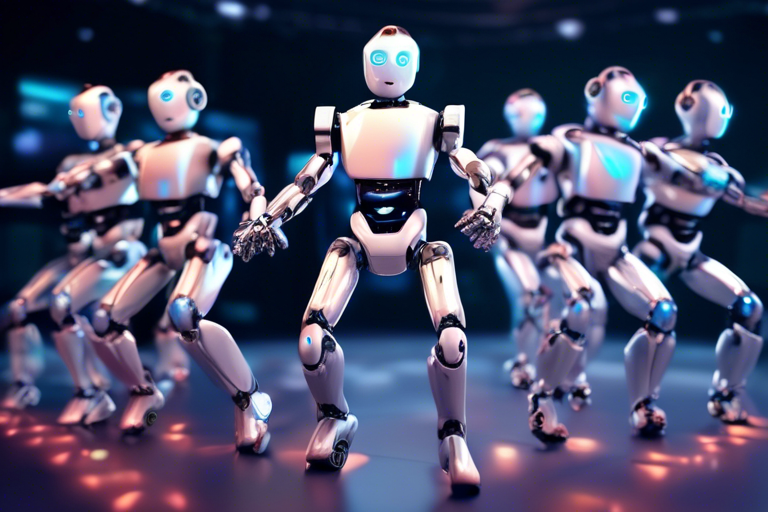The Future of Robotics: Humanoid Robots Learn to Dance 🤖💃🕺
In efforts to humanize robots and improve their mobility, engineers at the University of California San Diego are training a humanoid robot to perform expressive dance moves. Led by Xiaolong Wang, the team aims to reshape public perceptions of robots and showcase their potential to coexist harmoniously with humans.
Training Humanoid Robots: The Key to Enhancing Human-Robot Interactions 🤖📚
- Videos of people dancing and motion capture technology are used to train the robot’s upper body.
- The goal is to make robots look more natural and friendly.
- Training process involves a two-pronged approach:
- Upper body trained for expressive movements using motion capture data.
- Lower body focused on stability and balance.
- Research aims to enhance human-robot interactions in various settings:
- Factory assembly lines.
- Hospitals.
- Homes.
- Hazardous environments like laboratories and disaster sites.
Expressive Whole-Body Control: Teaching Robots to Move Gracefully and Efficiently 🕺💪🏽
The team’s approach of training the robot’s upper body for expressive movements while focusing on stability and balance in the lower body allows the robot to:
- Replicate various reference motions like dancing, waving, high-fiving, and hugging.
- Maintain equilibrium and balance during movements.
- Perform steadily on different surfaces like gravel, dirt, wood chips, grass, and inclined concrete paths.
The Future of Human-Robot Collaboration: Enhancing Quality of Life and Safety 🌟🔬
The potential benefits of this research extend to various industries and settings where robots can:
- Provide assistance and companionship in hospitals and homes.
- Replace humans in hazardous tasks to improve safety.
Advancements in Robotics Beyond Dance: Innovations in Mobility 🤖🏃♂️
Other research initiatives in the field of robotics include:
- “Bayesian Learning in the Dark” (BLIND) program at Rice University for motion planning.
- Development of a four-legged robot capable of running on sand faster than humans on solid ground.
- Creation of bipedal robots using skeletal muscle tissue design for enhanced capabilities.
Looking Ahead: The Future of Robotics 🚀🔮
Wang and his team have their sights set on refining the robot’s design to perform more intricate tasks and improve adaptability:
- Equipping robots with cameras for autonomous operation.
- Expanding the range of motions and gestures the robot can perform.
Hot Take: The Evolution of Humanoid Robots 🌐🔍
In a world where robots are becoming more integrated into human environments, the focus on enhancing their mobility and expressiveness opens up new possibilities for collaboration and assistance across various industries and settings. As robots continue to evolve and learn new skills, the potential for improved human-robot interactions and safety is on the horizon.





 By
By
 By
By
 By
By
 By
By
 By
By
 By
By